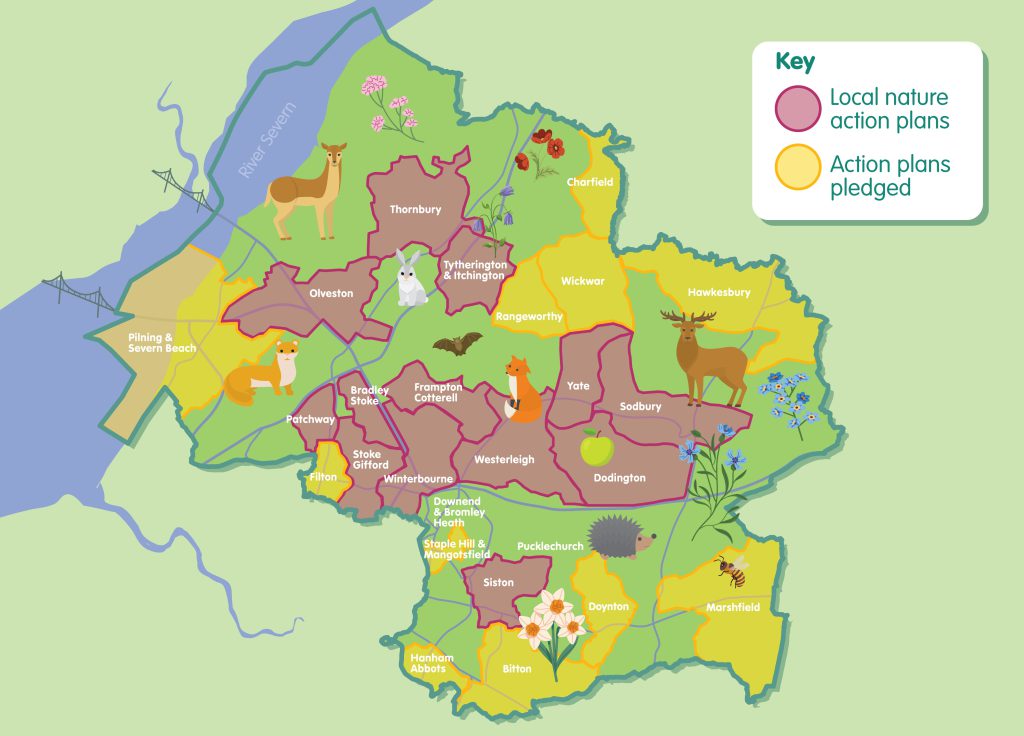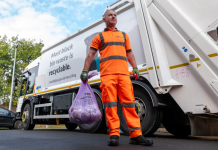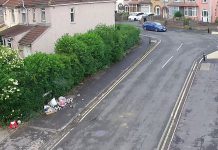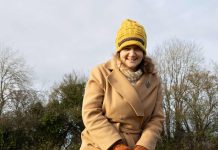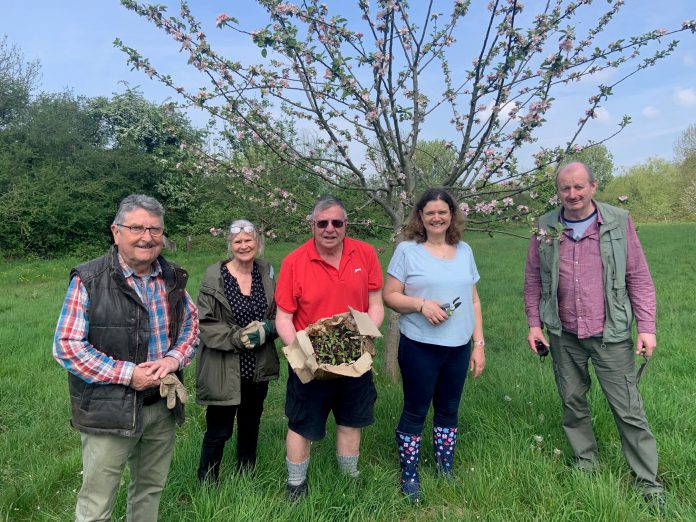
South Gloucestershire Council is empowering nearly 200,000 residents to join a nature revolution by helping them develop community-led action plans.
The council launched its pioneering Local Nature Action Plans in 2021, which have evolved into Local Climate and Nature Action Plans (LCNAP), with 25 town and parish councils now having completed or are working on their own blueprint for nature recovery.
That’s 274 councillors; local decision makers now taking positive steps to tackle the climate and nature emergencies, engaging with an estimated 192,288 residents.
The Local Climate and Nature Action Plans drawn up by town and parish councils cover more than half the land area in South Gloucestershire. The total amount of parishes combined is 28,393 hectares (the whole of South Gloucestershire is 53,664 hectares). Just two years ago the combined coverage provided by the LCNAPS was about a quarter of the district’s land area.
Other councils have now been using South Gloucestershire’s LCNAP template to start their own community-led nature revolution around the UK.
Recent actions for nature in South Gloucestershire includes planting a bee corridor on a main road verge and green spaces in the village of Tytherington near Thornbury. The 5th Thornbury Guides and 6th Thornbury Brownies from the area came together with the parish council for the community planting day earlier this month.
Bradley Stoke Town Council has cameras residents can hire that record wildlife and have run free tree giveaways.
Frampton Cotterell Parish Council has installed water refill stations, undertaken planting projects and are using new handheld bat detector devices to help monitor the number of bat species in the area.
Marshfield Parish Council has put solar panels on its church roof, and a local resident has turned beekeeper to manage a village beehive to produce Marshfield honey. Villagers have been cutting grass using ancient techniques to help the environment support more plants and flowers.
Olveston Parish Council has been helping to create a biodiversity surge among their verges with some lovely banks of wildflowers, managing a quarry for nature and has installed swift boxes.
Sodbury and Yate Town councils have planted thousands of wildflower plants to support hundreds more pollinators.
Many representatives came together to show examples of their community led projects in a LCNAP conference held by South Gloucestershire Council in February this year.
Councillor Louise Harris, South Gloucestershire Council’s cabinet member for the climate and nature emergency, said: “We’re really excited at the enthusiasm and take up of Local Climate and Nature Action Plans across South Gloucestershire. There is an amazing amount of expertise and energy within communities and the great thing about the plans is that they are locally led and locally owned, which means that people are driving the response in their own areas.
“With more than 10,000 town and parish councils in England, the initiative has the potential to prompt a community-led nature revolution as part of national response to ecological collapse.”
The work is part of the council’s Big Switch towards being carbon neutral by 2030 and increasing biodiversity in South Gloucestershire. For more information visit www.southglos.gov.uk/thebigswitch
